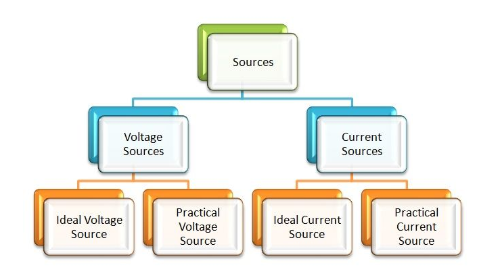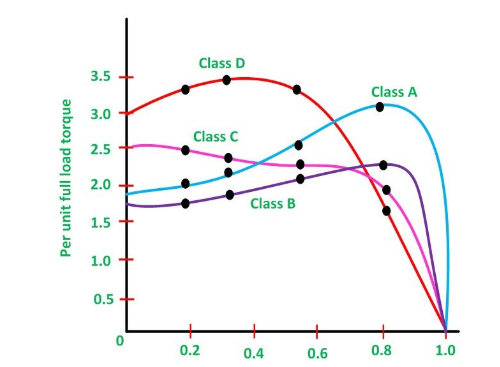An electrical switch is an exchanging gadget that intrudes on the unusual or flaw flow. It is a mechanical gadget that upsets the progression of high size (flaw) current and in increases plays out the capacity of a switch. The electrical switch is primarily intended for shutting or opening of an electrical circuit, in this way shields the electrical framework from harm.
Working Principle of Circuit Breaker
Electrical switch basically comprises of fixed and moving contacts. These contacts are contacting one another and conveying the current under ordinary conditions when the circuit is shut. At the point when the electrical switch is shut, the flow conveying contacts, called the terminals, connected each other under the weight of a spring.
During the ordinary working condition, the arms of the electrical switch can be opened or shut for an exchanging and upkeep of the framework. To open the electrical switch, just a weight is required to be applied to a trigger.
At whatever point a deficiency happens on any piece of the framework, the excursion loop of the breaker gets empowered and the moving contacts are getting separated from one another by some system, along these lines opening the circuit.
classification of Circuit Breaker
Circuit breakers are primarily ordered based on evaluated voltages. Circuit breakers underneath evaluated voltage of 1000V are known as the low voltage circuit breakers or more 1000V are known as the high voltage circuit breakers.
The most broad method of the characterization of the electrical switch is based on the mechanism of circular segment termination. Such kinds of circuit breakers are as per the following
👉Oil Circuit Breaker
👉Bulk Oil Circuit Breaker
👉Minimum Oil Circuit Breaker
👉Minimum Circuit Breaker
👉Air Blast Circuit Breaker
👉Sulphur Hexafluoride Circuit Breaker
👉Vacuum Circuit Breaker
👉Air Break Circuit Breaker
All high-voltage circuit breakers might be characterized under two primary classes i.e oil circuit breakers and oil-less electrical switch.



































